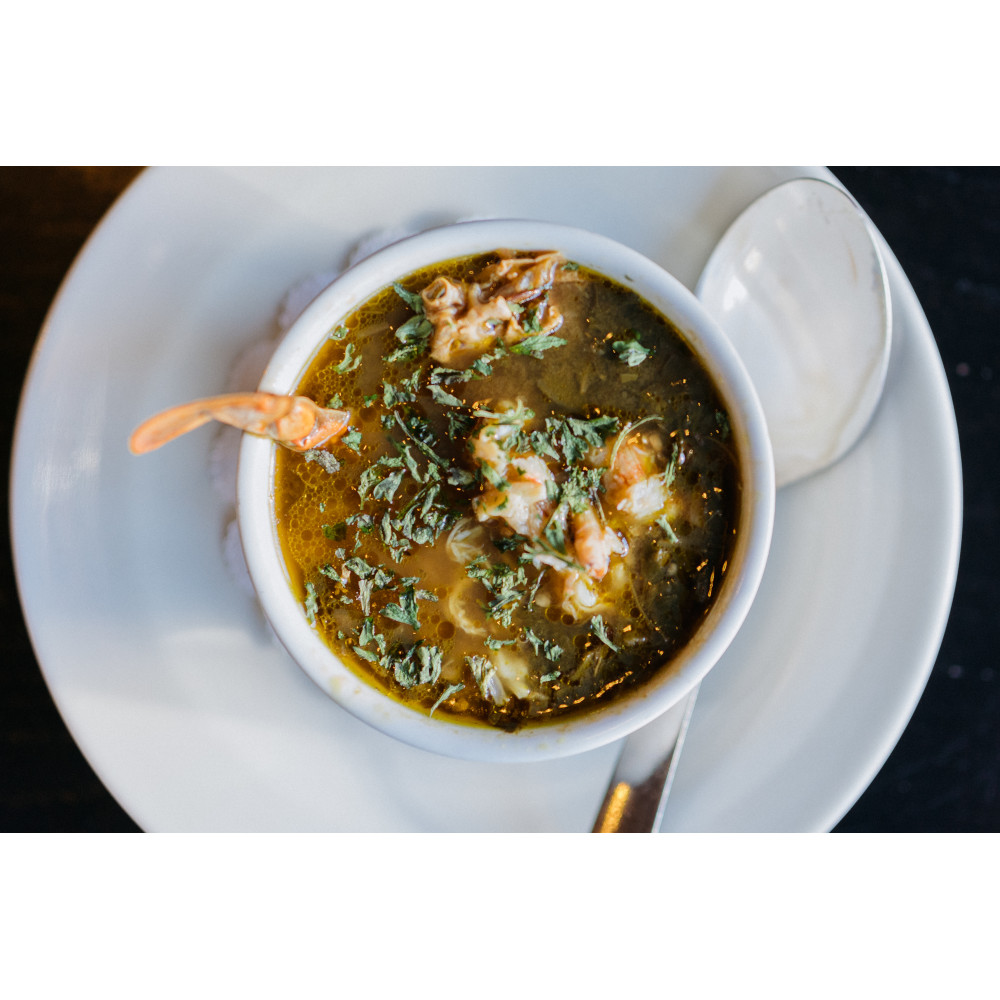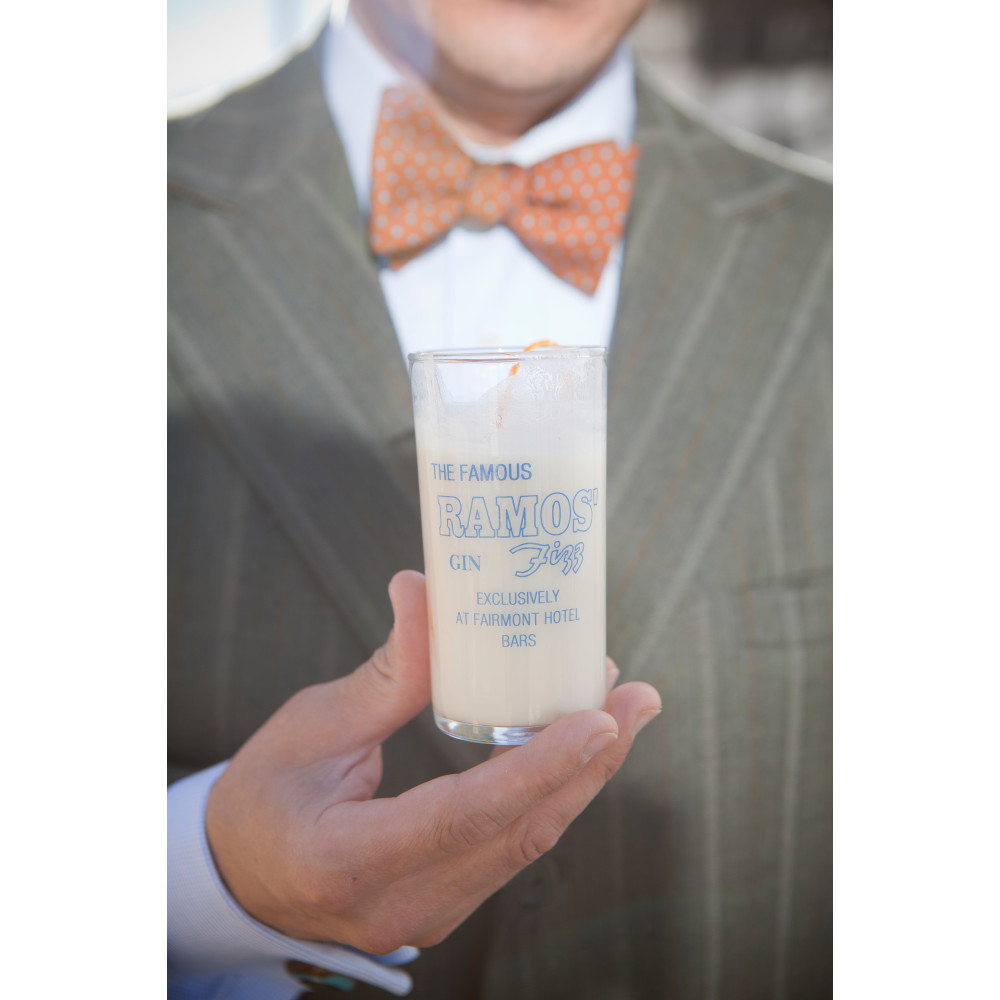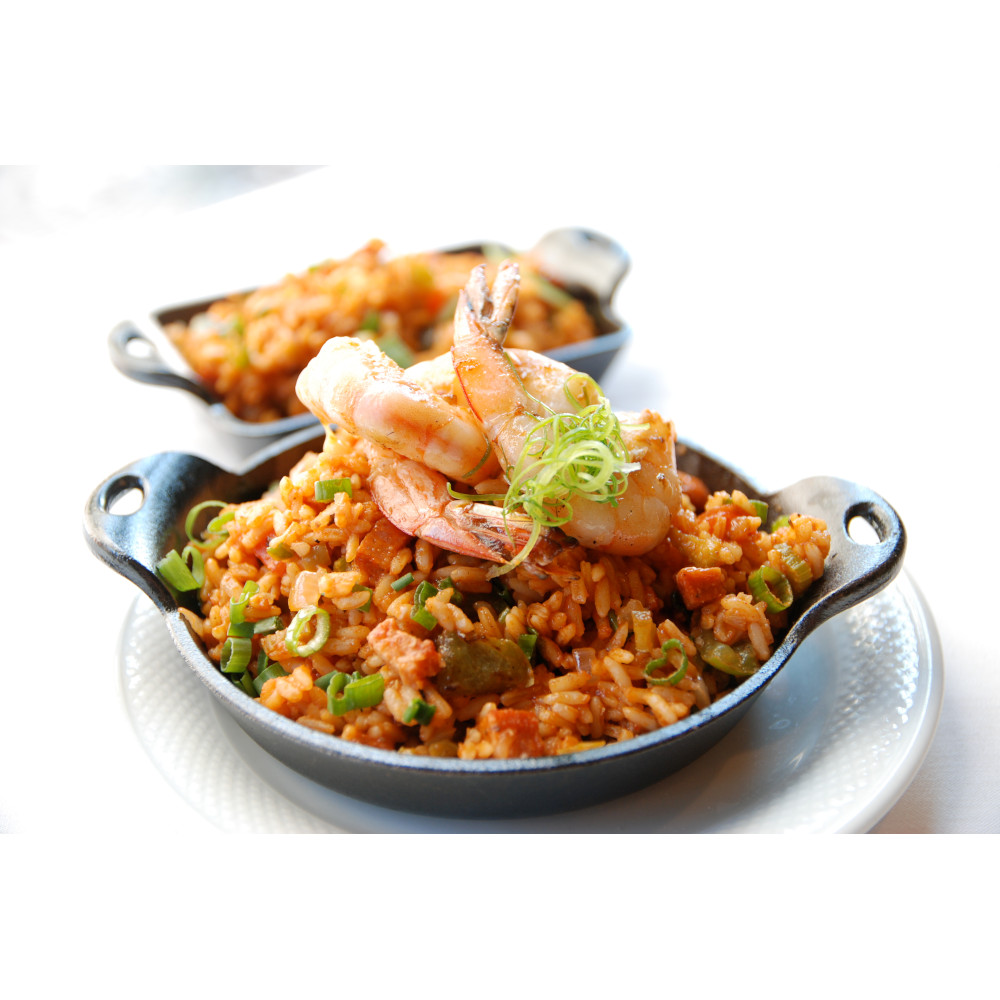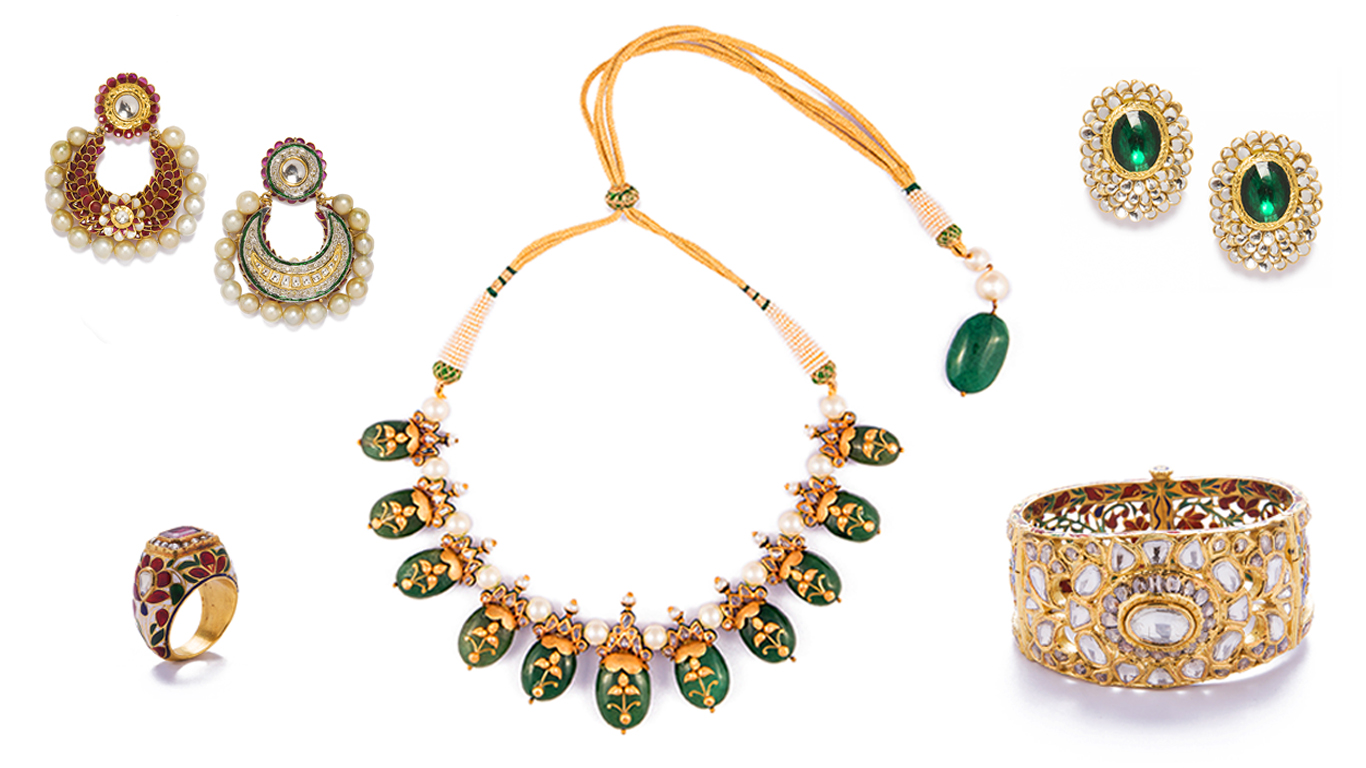By Rupali Dean
In comparison to other cities, New Orleans takes on a unique culinary responsibility. Despite being the home of lively culture and famed cuisine, New Orleanians take their culinary legacy seriously, akin to dedicated parents looking after a loved child. Even when far from home, they proudly champion and sometimes defend their gastronomic heritage. Describing New Orleans rich culinary tapestry concisely is a challenge, necessitating real connoisseurship to differentiate between Creole cuisine with its tomato base and Cajun fare without. Understanding these distinctions is key to discerning a true Cajun versus Creole dish like gumbo or jambalaya. For those well-versed in New Orleans history and culture, knowing this contrast suffices. For those eager to delve deeper, further clarifications await to elucidate why the terms ‘Cajun’ and ‘Creole’ should not be casually interchanged when discussing the city’s gastronomy. A simple analogy distinguishes Creole cuisine as ‘city food’ and Cajun cuisine as ‘country food.’ While these culinary styles share similar ingredients, the true variance lies in the unique traditions of the people who shape these renowned cuisines. In New Orleans, the heart of genuine Cajun and Creole cooking lies within the homes of its residents, lending great distinctiveness to the food. Many of the city’s top chefs inherit their culinary artistry from generations past, underscoring the rich traditions of both Cajun and Creole cultures. Though these culinary heritages have intertwined over time, Louisiana maintains a clear distinction between them, each with its captivating narrative.

The preparation of Cajun and Creole cuisine, as John Folse, a prominent Cajun-Creole chef explains, is not as fixed as commonly perceived. While dishes such as jambalaya, gumbo, and shrimp Creole form the culinary bedrock of this cuisine, they can undergo creative adaptations without losing their distinctive Bayou essence. Louisiana Creole cuisine embodies an eclectic fusion of flavours from West Africa, France, Spain, the Caribbean, and the American South. Reflecting the diverse cultures that coexisted in South Louisiana during the 18th century, this culinary tradition transcended societal boundaries, uniting heritages on a plate.
Often misconstrued with Cajun cuisine, Creole cooking shares similarities such as the use of roux and the ‘holy trinity’ of onions, bell peppers, and celery in its dishes. Originating from Southern Louisiana, both culinary styles have distinct characteristics. While Cajun cuisine, rooted in rural regions, features smoked meats and rice-centric dishes like boudin and jambalaya, Creole cuisine, with offerings like grits and étouffée, originated in New Orleans. Notably, Creole cuisine showcases adaptability—a quality many of us have honed during the unpredictable times recently passed. We have become more resourceful, making the most of what is at hand. Similarly, Creole cooking thrives on ingenuity. Take, for example, shrimp Creole. Here, you have the freedom to experiment with the richness of the roux. While the traditional recipe specifies a peanut butter-coloured roux, a medium shade, you can deepen it for a heightened umami experience. Conversely, if you prefer to savour the delicate seafood essence more prominently, a lighter roux is an option worth exploring.

BIRTHPLACE OF COCKTAILS
In the vibrant heart of New Orleans lies a place where its cocktail culture thrives with fervour, birthing iconic libations such as the Sazerac, the Ramos gin fizz, and the Vieux Carré. Embraced passionately and innovatively, these drinks mirror the city’s rich history of indulgence and sophistication, as echoed by Arthur’s words linking them to New Orleans pleasure-seeking past. Venturing through the city’s time-honoured bars and contemporary mixology havens during winter evenings, seek out these classic concoctions amidst a landscape of post-Katrina revitalization and cocktail renaissance. Echoes of bygone eras resonate in every sip, a sentiment underscored by a visit to Compère Lapin, a bustling establishment in the Warehouse District. Here, engaging bartender Abigail Gullo orchestrates a revival of forgotten recipes, crafting a De La Louisiane – a rye-based elixir elevated with Peychaud’s bitters and absinthe, a hidden gem within the city’s cocktail repertoire.
Across North Rampart Street stands Tonique, a snug venue that opened in 2008. With a simple layout featuring a triangular bar and charming décor of brick and slates, it offers a spectrum of classic and original cocktails at enticing prices. Amid a small crowd, look out for the much savoured vintage Corpse Reviver No. 2, a zesty gin concoction with hints of absinthe, coined for its reviving properties since the 1930s. In the French Quarter, Napoleon House, a historic eatery since 1914, exudes old-world allure with weathered walls and familial portraits. Its drink selection is concise, focusing notably on the Pimm’s Cup, offered with various twists and souvenir glass options. A quaint venue where classics like the Sazerac and bourbon milk punch delight, yet trivia like the Vieux Carré’s recipe eludes even the seasoned bartender. Among these celebrated classics, however, one gem has faded into obscurity – the brandy crusta. A blend of Cognac, lemon juice, Curaçao, and maraschino liqueur, this cocktail’s defining features are a lengthy twirl of lemon peel curling within the glass and a sweetened rim known as the ‘crusta.’ Crafted by New Orleans mixologist Joseph Santini at his renowned 19th-century establishment, the Jewel of the South, this concoction is credited with paving the way for many contemporary cocktail sours, including the well-known Sidecar.

Among the city’s notable and visitor-friendly distilleries are: Atelier Vie, renowned for crafting traditional green absinthe and a hibiscus-infused red variety; Lula Restaurant Distillery, offering a culinary experience by former Commanders Palace Chef Jess Bourgeois alongside their spirits and Three Roll Estate in Baton Rouge, paying tribute to the city with their Red Stick Cinnamon Rum.











